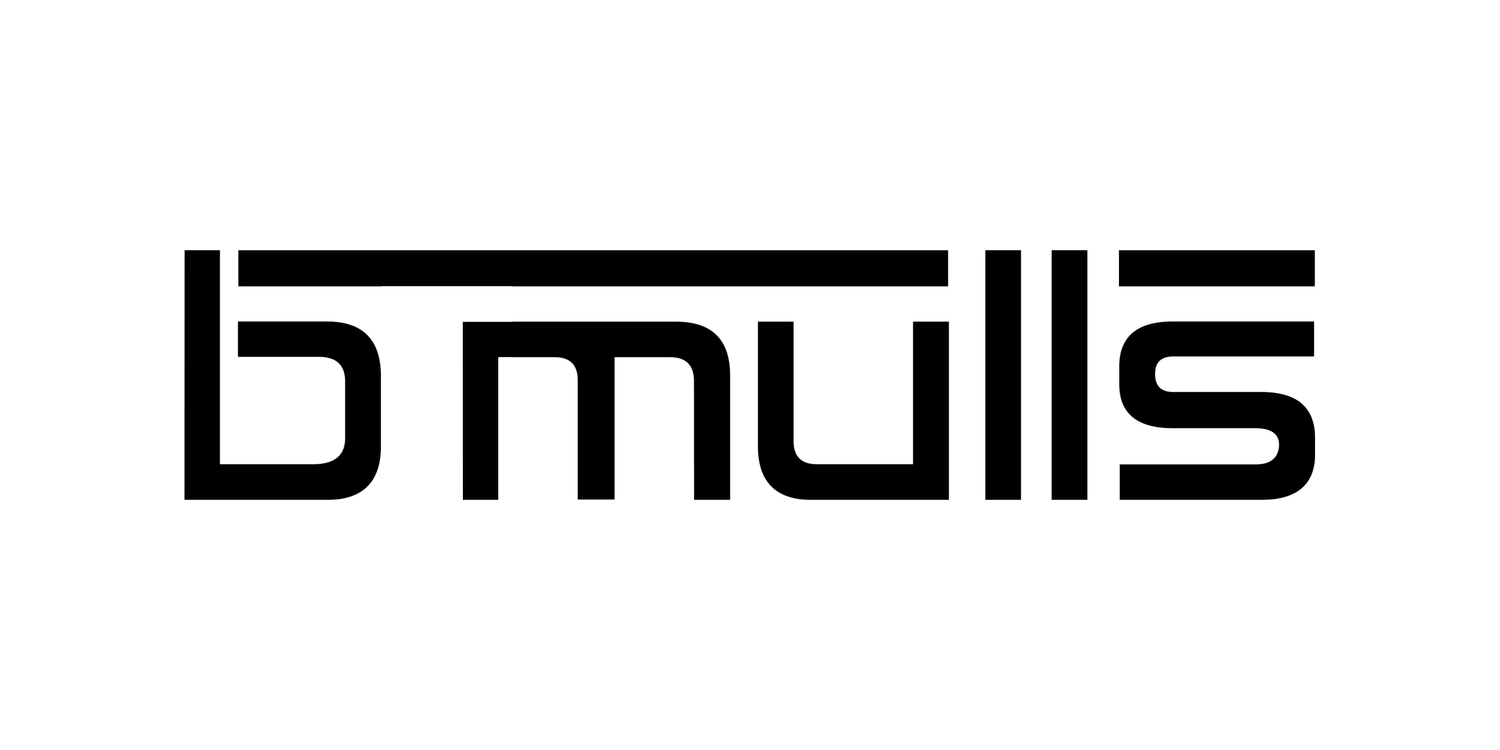I Tried Google Veo 3 Ultra for AI Video Ads. Here’s the Honest Truth.
My Hands-On Review of Google Veo 3 Ultra: We’re Close, But Not There Yet:
AI video generation has been hyped as the next big thing for content creators, promising cinematic-quality videos produced in minutes from just a text prompt. As a marketing professional, I wanted to see if this technology could finally deliver a short, story-driven brand video without hiring a production crew. So I signed up for Google Veo 3 Ultra (Flow) and spent several hours trying to create a polished 30-second ad.
The results? AI video is getting closer, but it’s not ready for professional brand storytelling just yet.
The Goal: A Simple 30-Second Story
I set out to make a three-scene brand video:
Scene 1: Everyday people facing obstacles—traffic jams, roadblocks, life getting in the way of their dreams.
Scene 2: The same people finding a solution online, feeling relief, hope, and excitement as they take their next steps.
Scene 3: A happy, celebratory ending using real footage I already had.
The idea was simple and emotional—a mini narrative about overcoming barriers and achieving a goal. My hope was that Veo 3 could generate Scenes 1 and 2, and I’d combine them with real footage for authenticity.
Where Veo 3 Delivered
Cinematic Atmosphere:
For abstract B-roll (like barriers, traffic, rain, city movement), Veo nailed the mood. The shots had a cinematic feel, good lighting, and the emotional tone I was after.Fast Concepting:
I could test different visual ideas in minutes, something that would normally take days with a camera crew or stock footage search.Potential for Storyboarding:
If you need to visualize a concept or pitch an idea, Veo is powerful for mockups, mood reels, and creative exploration.
Where Veo 3 Fell Short
Character Consistency:
Across multiple clips, Veo couldn’t reliably keep the same faces, hairstyles, or clothing. Each scene looked like different actors were playing the same role.Text Accuracy Issues:
Any time the AI tried to render text (road signs, computer screens, even basic notifications), it misspelled or distorted words. Brand-safe text was impossible to get right in-camera.Brand Control Limitations:
Logos, websites, and branded details were a gamble. The AI either invented fake logos or mangled real ones. This makes professional use risky.Multi-Scene Reliability:
Asking for two scenes in one request often produced odd timing (5 seconds each, or skipped entirely). Storytelling across scenes was inconsistent.Time vs. Quality:
Despite using the Ultra plan and many prompt tweaks, it still took hours to get clips I’d consider even rough drafts—and none of them were ready to publish without heavy post-production fixes.
Bottom Line: Incredible Potential, Not Quite Ready for Professional Ads
Veo 3 feels like a preview of the future. It shows how AI video could eventually replace some live shoots or expensive stock footage. But today, it’s best suited for:
✅ Concept testing: Mocking up ideas for storyboards or pitches.
✅ Abstract B-roll: Symbolic or mood-setting shots where accuracy doesn’t matter.
❌ Final brand ads: Anything requiring precise text, consistent characters, or accurate branding still needs manual control.
For now, I’ll keep using AI video tools for experimentation and early drafts, but for professional marketing projects, real footage and manual editing are still essential. We’re getting close—the tech is improving fast—but Veo 3 is not yet the magic “push button, get full ad” tool we’ve been promised.
My Advice If You’re Considering Veo 3 Ultra
Avoid in-frame text: Add all messaging manually in editing.
Don’t rely on consistent actors: AI struggles with multi-scene continuity.
Keep it abstract: Use AI for mood shots, not story-critical faces or branding.
Expect trial and error: One good clip often takes multiple regenerations.
Treat it as a creative sandbox, not a finished product.
Google Veo 3 shows the direction we’re heading—and it’s exciting. But for now, if you’re creating brand videos that need accuracy, consistency, and polish, AI isn’t ready to fully replace a camera crew or skilled editor just yet.
